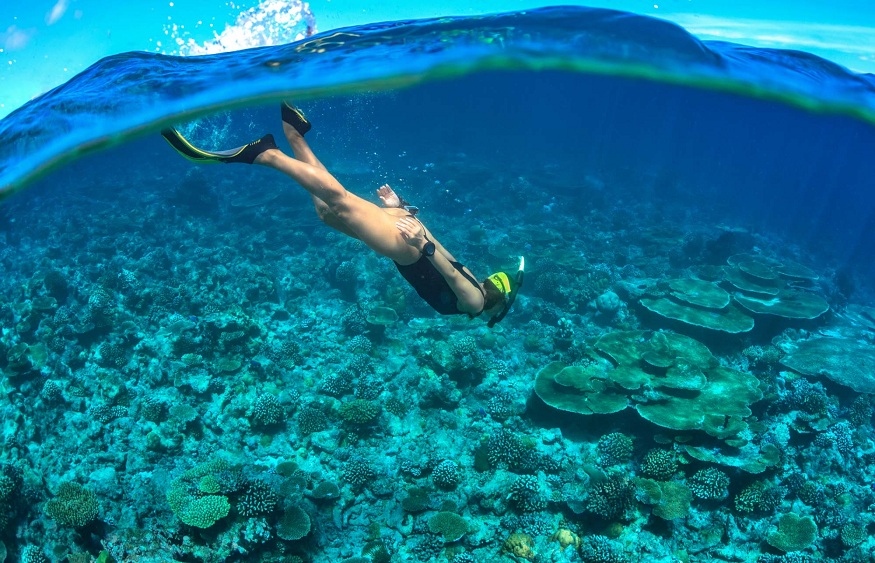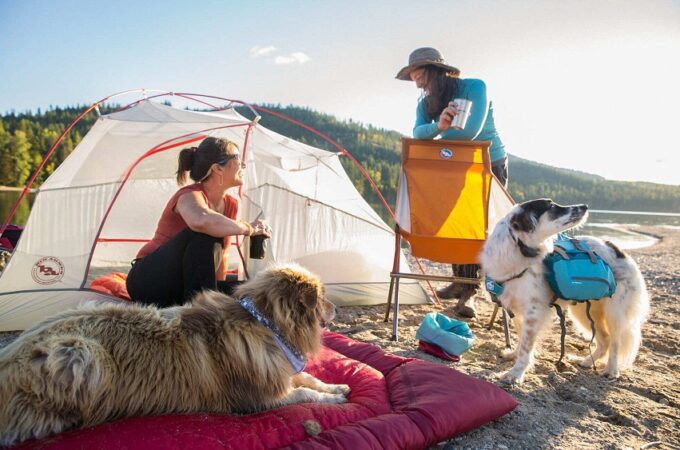
Freediving Training Techniques and Tips
Freediving, a captivating sport that allows individuals to explore the underwater world with minimal equipment, offers a unique connection with nature. The sensation of weightlessness and the freedom of movement make it an exhilarating experience. However, freediving comes with its share of challenges and risks, making proper training and safety procedures essential. In this article, we’ll delve into the world of static apnea training, a technique used by freedivers to improve their breath-hold abilities, and explore valuable tips for a safer and more enjoyable experience.
Static Apnea: The Art of Breath-Holding
Static apnea training is a fundamental component of freediving, focusing on enhancing an individual’s breath-hold capabilities. During static apnea, the diver remains motionless on the water’s surface while holding their breath for as long as possible. The primary goal is to maintain stillness and relaxation while progressively extending the duration of the breath-hold. But you have to avoid the main risks in freediving.
Training typically commences with shorter breath-holds, typically around 20-30 seconds, gradually increasing the duration as the diver becomes more comfortable and confident. This practice can take place in a controlled environment, such as a pool or a dry setting. In the water, the diver floats face down on the surface, wearing a wetsuit for warmth and buoyancy. In a dry setting, the diver may sit or lie somewhat prone, ensuring comfort and relaxation.
The Benefits of Static Apnea Training
Static apnea training offers numerous benefits for freedivers, including:
Mental Preparation: It helps divers prepare mentally for deeper and more challenging dives by teaching them to relax and control their breathing while underwater.
Improved Flexibility: Static apnea enhances diaphragm and lung flexibility, improving breath-hold capabilities and overall lung capacity.
Enhanced Breath Control: It teaches divers to conserve oxygen through proper breathing techniques, ensuring optimal use of limited air supply.
Safety Awareness: By practicing with a trained buddy or instructor, divers can monitor their progress and receive support in case of emergencies.
Mindfulness: Incorporating relaxation and mindfulness techniques into static apnea training can help divers stay calm and focused during their dives.
Training Tips for Static Apnea
If you’re considering or currently engaged in static apnea training, here are some essential tips to enhance your practice:
Start Small: Begin with shorter breath-holds, gradually increasing the duration as you gain confidence and comfort.
Controlled Environment: Practice in a controlled setting like a pool, and use a wetsuit or thermal protection to stay warm and relaxed on the surface.
Proper Breathing: Prioritize slow, relaxed breathing before and during the breath-hold to conserve oxygen effectively.
Recovery Breaths: Always perform recovery breaths immediately after surfacing or ending your breath hold. Make this a habit even after short attempts to ensure safety.
Stillness and Relaxation: During the breath-hold, strive to stay as still and relaxed as possible to conserve energy and extend the duration.
Trained Buddy: Use a trained buddy or instructor to monitor your progress and provide support during your training.
Regular Practice: Consistency is key. Practice regularly and gradually increase the duration of your breath-holds over time.
Safety First: Always adhere to safety protocols and never push yourself beyond your limits. Safety is paramount in freediving.
Rest and Recovery: Take breaks and rest between sets to avoid overexertion and fatigue.
Potential Risks in Freediving
Freediving, while thrilling and rewarding, carries inherent risks, and it is crucial to be aware of these potential dangers. One of the most significant risks is a blackout, which occurs when a diver loses consciousness due to oxygen deprivation. This can happen if a diver holds their breath for an extended period or lacks the proper training to manage their breath hold.
To mitigate these risks, it’s essential to follow safety procedures, seek proper training, and never push the limits of your capabilities. Freediving is a sport that requires a combination of physical preparation, mental discipline, and a deep respect for the underwater environment. Get more information about training in Cabo Vedre here.
Final Words
Static apnea training is a valuable tool for freedivers, enhancing their breath-hold capabilities and overall diving experience. When approached with proper training, mindfulness, and safety measures, static apnea can open the door to extraordinary underwater adventures. As you delve into the world of freediving, remember to prioritize safety, respect for the ocean, and the joy of exploring the underwater world.

